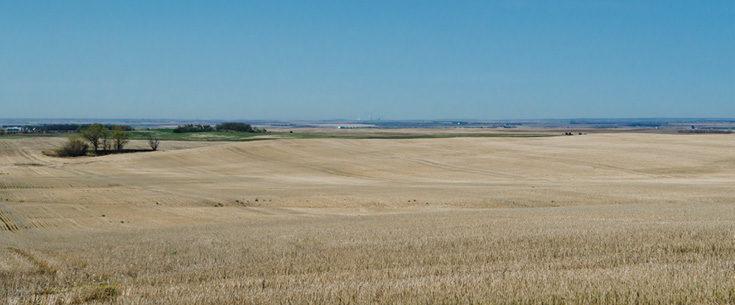No-Till Farmer
Get full access NOW to the most comprehensive, powerful and easy-to-use online resource for no-tillage practices. Just one good idea will pay for your subscription hundreds of times over.

The carbon footprint of South Dakota corn growers is getting smaller thanks to better yields and increased adoption of conservation tillage, according to a South Dakota State University study.
The multiyear project shows that after decades of carbon mining of soils that began when homesteaders tilled the prairie, the trend has been reversed and carbon is now being stored.
The study’s impact could help change public perception of agriculture’s effect on the environment, as well as have some very practical ramifications, says David Clay, a South Dakota State University (SDSU) soil scientist and director of the South Dakota Drought Tolerance Center.
“Producers wanted to know if we were saving carbon or using it,” Clay says. “There were a number of good reasons to answer that question — evaluating soil health and farming practices, for instance.
“There was also the possibility of South Dakota grain-based ethanol qualifying for California’s Advanced Fuel Standard, which would mean an additional 10 cents per gallon.”
Life-Cycle-Analysis (LCA) is used to determine the carbon footprint of agricultural products like ethanol in order to compare their environmental impact.
Frequently, agriculture’s estimated carbon footprint is deepened by the blanket assumption that soil carbon is being used up rather than stored, leading to the conclusion that farmland soils are a carbon source rather than a carbon sink, Clay says.
A carbon sink is necessary for carbon sequestration to take place. Carbon-containing compounds in soil-organic matter are stored and act to remove carbon dioxide from the atmosphere…